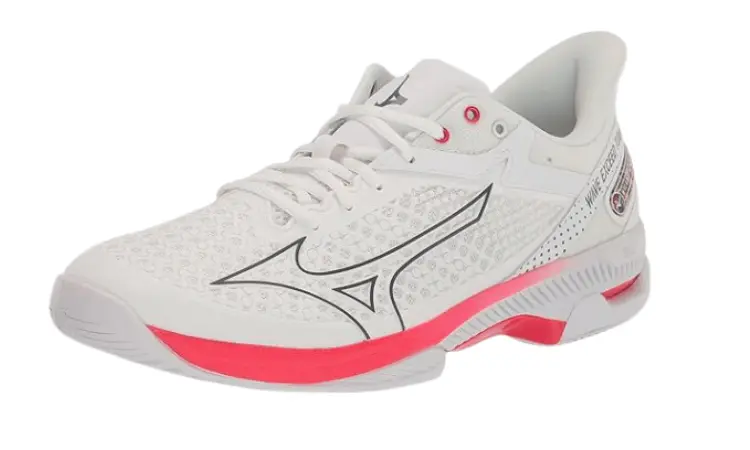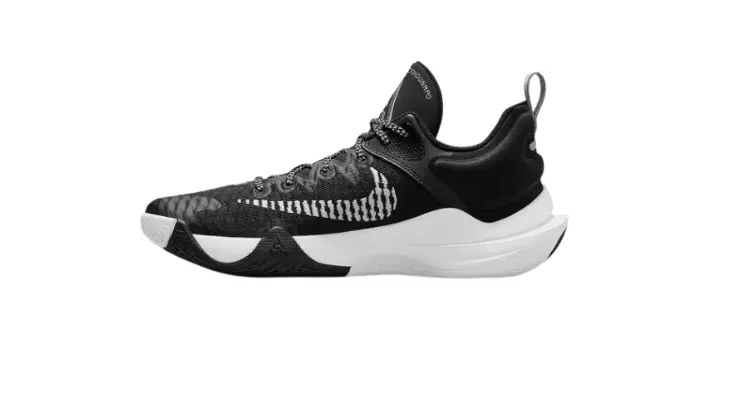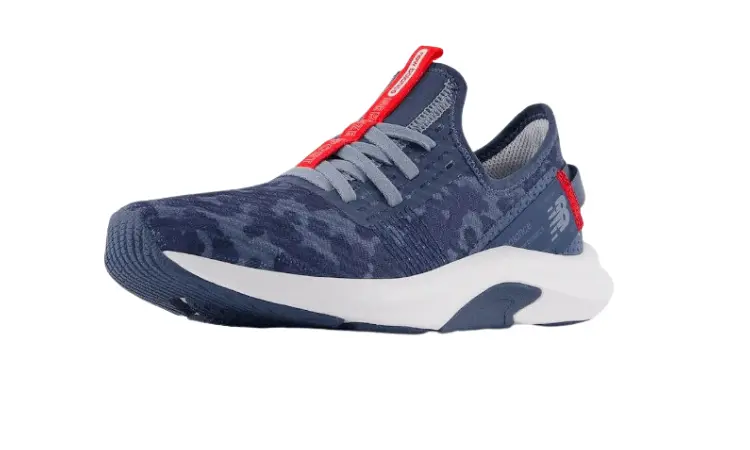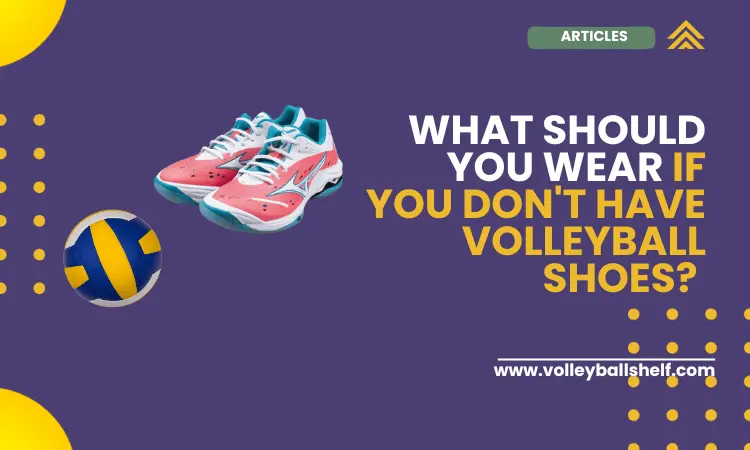Introduction
The swift pace of volleyball demands agility, strength, and quick thinking. Notably, it also requires specific footwear, designed to offer comfort, maneuverability, and support. But one question may be arises “What Should You Wear if You Don’t Have Volleyball Shoes?” Are there adequate substitutes that you can utilize for a recreational match or volleyball practice?
This comprehensive guide will provide you with the best alternatives and crucial considerations to bear in mind.
Quick Response
If you don’t have volleyball shoes, opt for a pair of lightweight athletic sneakers with good arch support. Look for non-marking soles to protect the court. Ensure a snug fit to minimize the risk of injury and maximize agility. While volleyball shoes are ideal, suitable alternatives can provide traction and comfort for a fulfilling game on the court.
What Should You Wear if You Don’t Have Volleyball Shoes?: The Best Volleyball Shoes Alternatives
We have found 3 best alternatives Shoes for playing volleyball without volleyball shoes. Here these are:
Option 1: Tennis Shoes

Tennis shoes serve as a viable alternative to volleyball shoes. Given the swift lateral movements, abrupt changes in direction, and sporadic jumping involved in tennis, these shoes can also adapt well to the volleyball court. They offer robust arch support and substantial cushioning, absorbing impact on hard surfaces.
However, their ankle protection might not quite match that of specialized volleyball shoes.
Option 2: Basketball Shoes

The nature of basketball lends its shoes well to the volleyball court. They are designed with strong support for abrupt direction changes, jumping, and landing, making them a good fit for volleyball’s energetic play style. The superior ankle protection in basketball shoes is a boon in a sport like volleyball, where jumping and landing are frequent.
However, the high soles might pose a slight risk of ankle rolling, making them a less ideal choice for volleyball novices.
Option 3: Cross-Training Shoes

If you don’t have dedicated volleyball shoes, cross-training shoes might be your best bet. These shoes are intended for a variety of sports activities, making them a well-rounded choice. They offer decent cushioning, support, and facilitate smooth lateral movements.
However, their grip and lightweight qualities might fall short compared to traditional volleyball shoes.
Resembling Volleyball Shoes: Which Ones Come Close?
In terms of similarities to volleyball shoes, badminton shoes take the lead. With both badminton and volleyball demanding rapid lateral movements, jumping, and accurate landing, these shoes are built to perform. With gum rubber soles, badminton shoes offer a great grip, ensuring slip-resistance – an attribute also crucial in volleyball shoes. They are lightweight and designed to keep you stable on the ground.
Risks of Using Non-Volleyball Shoes
While non-volleyball shoes may suffice as alternatives, they could potentially pose certain risks during specific volleyball moves.
Jumping
The absence of a foam-gel mixture or air cushions in the midsole of non-volleyball shoes might lead to a higher impact on your feet and knees when landing.
Quick and Sudden Changes in Direction
Shoes lacking sufficient lateral support may compromise stability during rapid direction changes, increasing the risk of injury.
Landing
Inadequate cushioning or high soles can exert excess stress on the ankle during landing, which could potentially result in injury.
Other Sports Shoes in Volleyball: Do They Work?
Badminton Shoes
As noted before, badminton shoes bear a significant resemblance to volleyball shoes. Their lightweight nature, gum rubber soles, and supportive structure make them a suitable choice for volleyball.
Running Shoes
Running shoes, while known for their excellent cushioning, may not be the best fit for volleyball. Their design primarily caters to forward movement, and they may lack the lateral stability needed in volleyball.
Additional Tips for Playing Volleyball
Here are some additional tips for playing volleyball without volleyball shoes:
- Make sure your shoes are comfortable and supportive. You don’t want your feet to hurt or get blisters.
- Choose shoes with good traction. This will help you prevent slipping and sliding.
- Avoid wearing shoes with too much padding. This can make it difficult to move quickly.
- If you’re playing on a hard surface, you may want to wear ankle braces or sleeves to protect your ankles.
The Difference Volleyball Shoes Make
Volleyball shoes are specifically designed with features that accommodate the sport’s unique movement requirements. They offer better court grip, facilitate quick directional changes, provide proper cushioning for jumps and landings, and their lightweight design helps to prevent fatigue.
That’s why many volleyball coaches emphasize their beginner students wearing proper volleyball shoes.
However, the alternatives discussed above are not subpar options. They offer benefits that can make them good enough, especially if you’re playing recreationally or can’t afford dedicated volleyball shoes.
Final Thoughts
While owning volleyball shoes can provide a competitive edge, they are not always a must for a satisfactory game. Alternatives such as tennis shoes, basketball shoes, and cross-training shoes can serve as decent substitutes. However, remember that safety should always come first. If your footwear fails to provide sufficient support or cushioning, you run the risk of injury.
Ultimately, while the right gear can offer an advantage, your skill and attitude are the true game-changers. Train diligently, play passionately, and enjoy the sport, whether you’re in volleyball shoes or not.



![Are volleyball shoes good for pickleball? [4 key Differences]](https://volleyballshelf.com/wp-content/uploads/2023/09/are-volleyball-shoes-good-for-pickleball.webp)
![Can you use volleyball shoes for basketball? [4 key differences]](https://volleyballshelf.com/wp-content/uploads/2023/09/Can-you-use-volleyball-shoes-for-basketball.webp)
![Can You Wear Tennis Shoes for Volleyball? [ 4 Core Differences]](https://volleyballshelf.com/wp-content/uploads/2023/08/www.reallygreatsite.com-4-1.webp)
![Do Volleyball Shoes make you jump higher? [4 key features]](https://volleyballshelf.com/wp-content/uploads/2023/09/Do-Volleyball-Shoes-make-you-jump-higher.webp)
![How to clean the bottom of volleyball shoes? [6 effective ways]](https://volleyballshelf.com/wp-content/uploads/2023/09/How-to-clean-the-bottom-of-the-volleyball-shoes.webp)
![Are Volleyball Shoes Good for Running? [5 Differences]](https://volleyballshelf.com/wp-content/uploads/2023/09/Are-Volleyball-Shoes-Good-for-Running.webp)